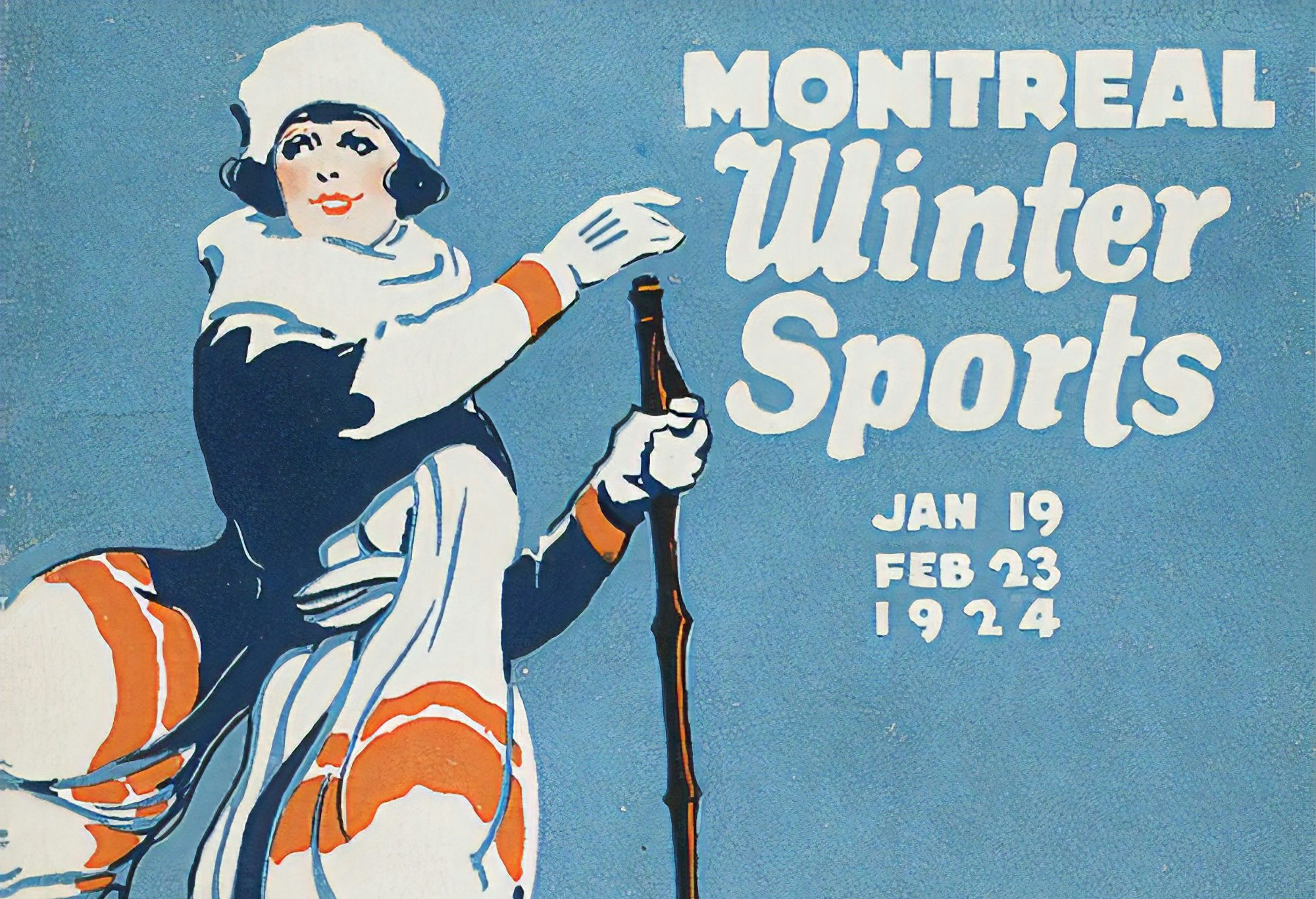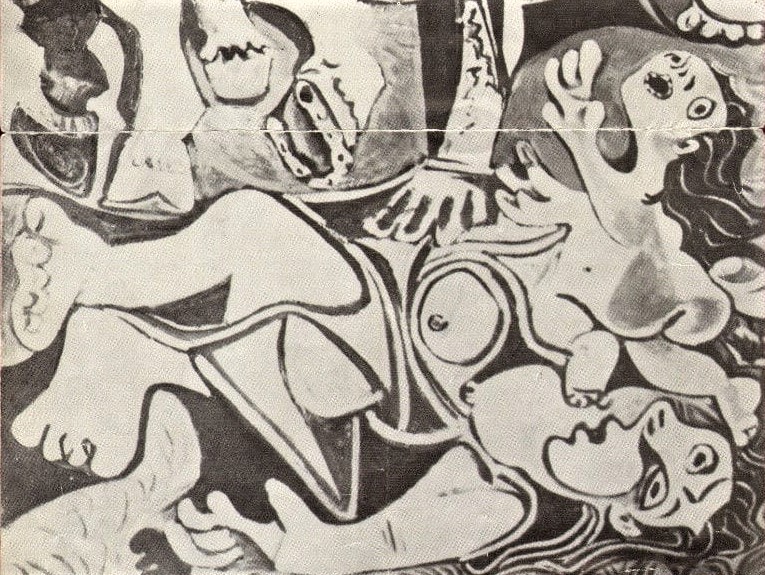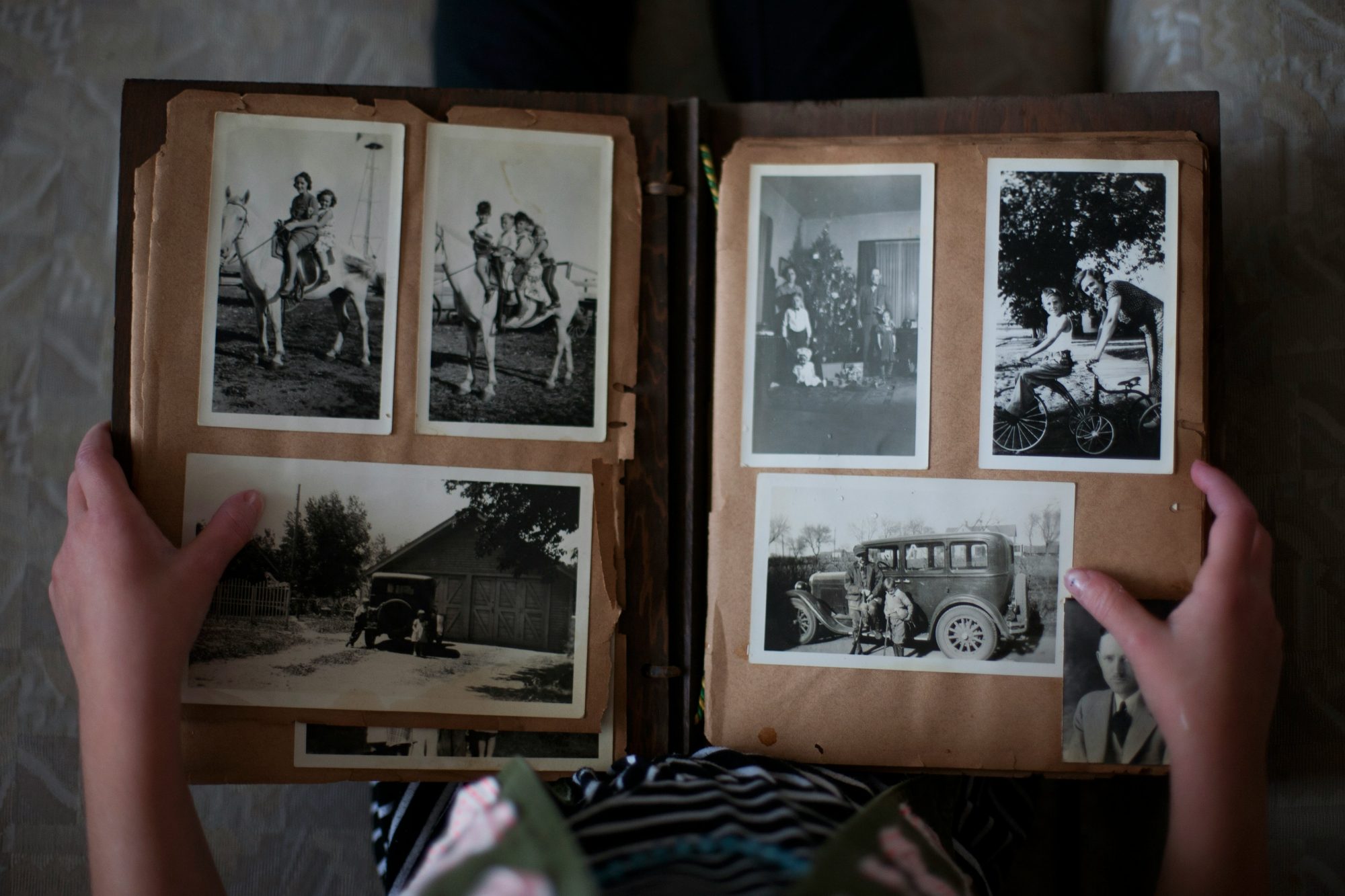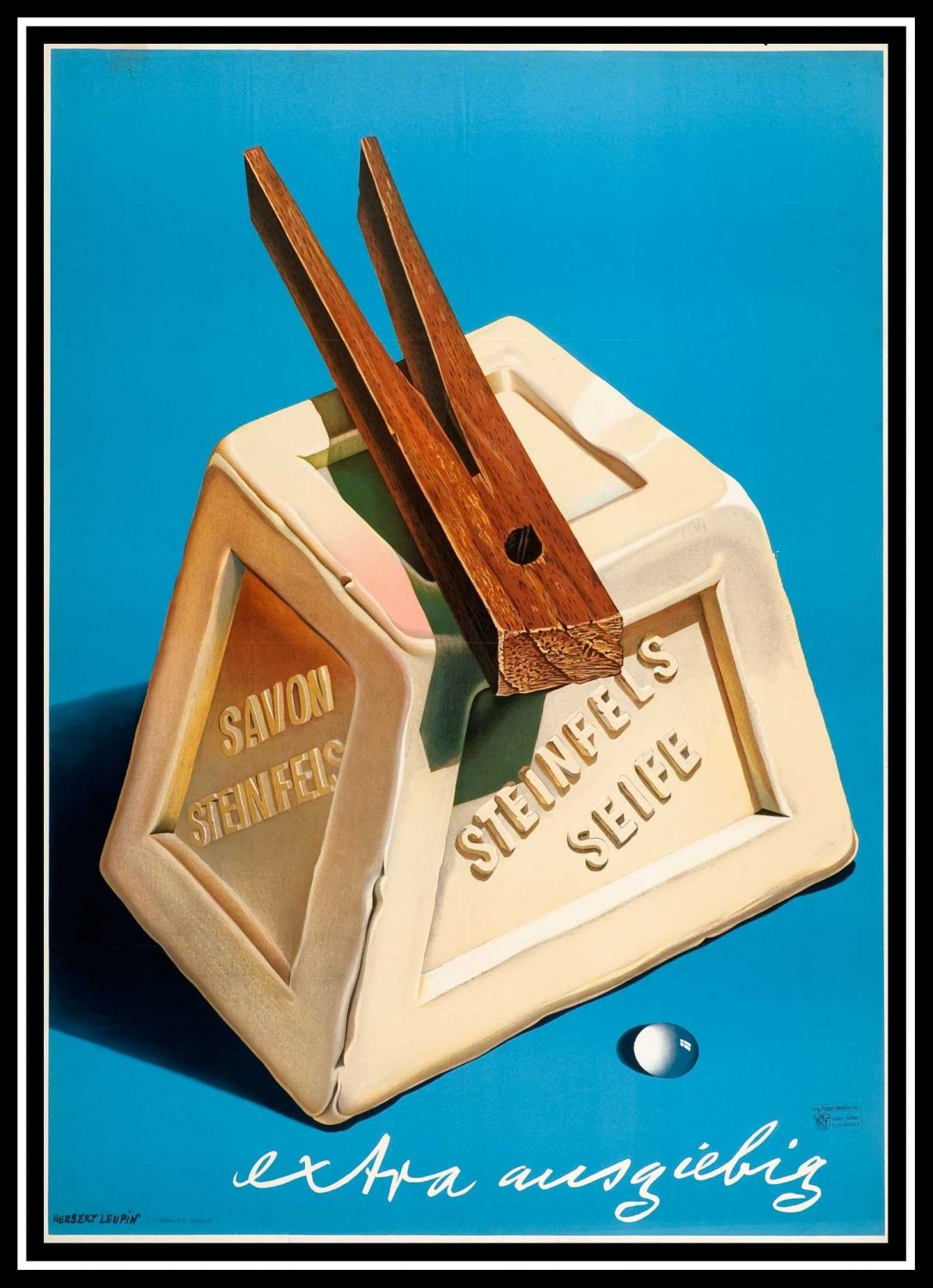Esperanto Language Posters – Collector’s guide
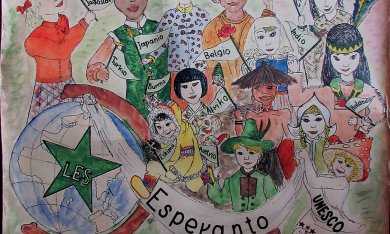
Dr. Esperanto
As you may know, Esperanto is an artificially constructed language. Thus, it belongs to no linguistic family. However, most of its words come from Roman languages, making Esperanto a fairly easy language to learn. It also has some Slavic and Germanic elements.
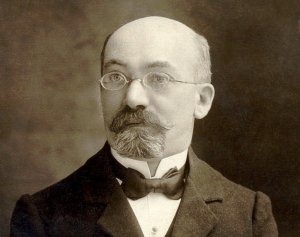
Portrait of Ludwik Zamenhof, aka Dr. Esperanto, the inventor of this international language. Zamenhof’s main idea was to create a language that would foster peace and understanding between people all around the world.
You may also know that the inventor of the Esperanto language was Dr. Ludwik Zamenhof, a Polish ophthalmologist at the end of the 19th century. The meaning of the word “Esperanto”(which was Zamenhof’s alias) is particularly interesting: it translates into English as the “one who hopes”.
So, Zamenhof’s alias quickly became an official name for his language. His main intention was to create a second universal and international language. Zamenhof was hopeful that the new international language would foster peace and mutual understanding between people worldwide.
Vintage Esperanto posters and memorabilia
Soon after Zamenhof published “Fundamento de Esperanto”, he began to form associations that would nurture his legacy. Numerous Esperanto congresses took place worldwide with the usage of Esperanto growing steadily throughout the 20th century. Fascist regimes in Germany and the USSR persecuted the speakers, but they managed to publish periodicals, promotional posters, and other memorabilia. In the mid-1950s, the United Nations granted official support to Esperanto as the international language.
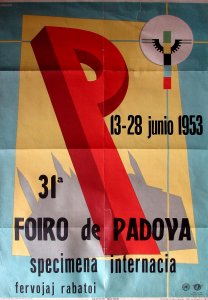
Vintage Esperanto poster from Congress in Padova held in 1953. The summit was one of the numerous gatherings of Esperanto speakers in the second half of the 20th century.
The popularity
So after WWII and in the coming years, the Esperanto language was very popular. This was obviously because of its main ideas: peace and mutual understanding. The people were sick of war. Therefore, most of the vintage Esperanto posters came out of print during this period. The items printed before the war were exceptionally scarce. The posters were printed to promote events organized all over the world. There were also various brochures and even paintings promoting the ideas of love, peace, and understanding.
Where you can find vintage Esperanto posters
These items are quite rare, but there are a few places online where you can find some of them. Today, around 2 million people in 115 countries are still using the Esperanto language. However, they use it as a second language. The most famous Esperanto museum is located in Vienna, within the Austrian National Library.
If you are interested in Esperanto items from Yugoslavia and Western Europe, feel free to check items in our shop.
Thanks for reading. Stay tuned for more articles.



